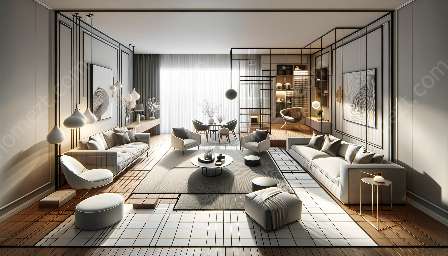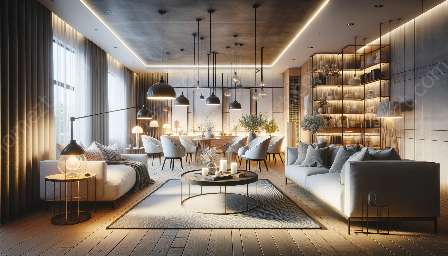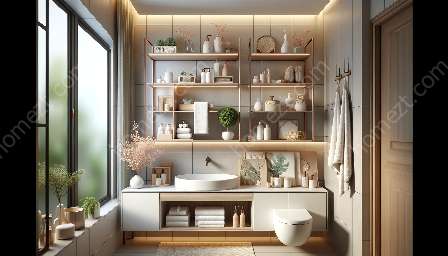When it comes to creating an attractive and inviting retail space, the choice of flooring plays a crucial role. The type, color, and texture of flooring not only enhance the overall design of the store but also impact the shopping experience and contribute to the success of the retail trade.
The Influence of Flooring on Store Layout and Design
The flooring in a retail store has a significant impact on the overall layout and design. A well-chosen floor can define different areas within the store, guide the flow of traffic, and create a sense of coherence and harmony in the space. For example, using different flooring materials or patterns can help delineate specific sections such as the entrance, product display areas, and checkout counters, thus contributing to a well-organized and aesthetically pleasing store layout.
Furthermore, the color and texture of the flooring can significantly influence the mood and atmosphere of the retail space. For instance, a hardwood floor may convey a sense of warmth and sophistication, making it suitable for high-end boutique stores, while a polished concrete floor might exude a modern and minimalist vibe, ideal for contemporary retail environments.
Matching Flooring with Retail Trade Concepts
The choice of flooring should align with the concept and brand image of the retail trade. For instance, a natural stone or wood-look vinyl flooring can complement the ambience of a wellness or organic products store, enhancing the connection between the products and the environment. On the other hand, a carpeted floor may create a cozy and inviting atmosphere, making it suitable for specialty stores like bookshops or artisanal craft stores.
Moreover, the functionality and maintenance of the flooring are essential considerations when choosing the right type for a specific retail trade. For example, a durable and easy-to-clean flooring material would be preferable for a high-traffic retail establishment, such as a grocery store or a busy retail mall.
Current Trends in Flooring for Retail Spaces
As with any industry, trends in flooring for retail spaces evolve over time. Currently, sustainable and eco-friendly flooring options are gaining popularity, reflecting the growing consumer awareness of environmental responsibilities. Materials such as bamboo, cork, or reclaimed wood offer not only a unique aesthetic but also demonstrate the retailer's commitment to sustainability, which can resonate positively with environmentally-conscious customers.
In addition, the use of mixed materials, such as combining wood and stone, or integrating innovative patterns and designs, is an emerging trend in retail flooring. This approach allows retailers to create visually appealing and distinctive floor surfaces that contribute to the overall store design and help in setting the store apart from competitors.
Optimizing Store Layout and Design through Flooring
Effective utilization of flooring can optimize the store layout and design, thereby enhancing the shopping experience and ultimately impacting the retail trade. By using different flooring materials, colors, and textures strategically, retailers can create a dynamic and engaging shopping environment that captures the attention of customers and encourages them to explore the store. Moreover, the right flooring can influence the perception of the brand and its products, potentially increasing customer satisfaction and loyalty.
In conclusion, flooring is a vital element in store layout and design, with a substantial influence on the retail trade. Retailers must carefully consider the impact of flooring on the overall aesthetics, functionality, and brand image of the retail space to create an appealing and successful shopping environment.




